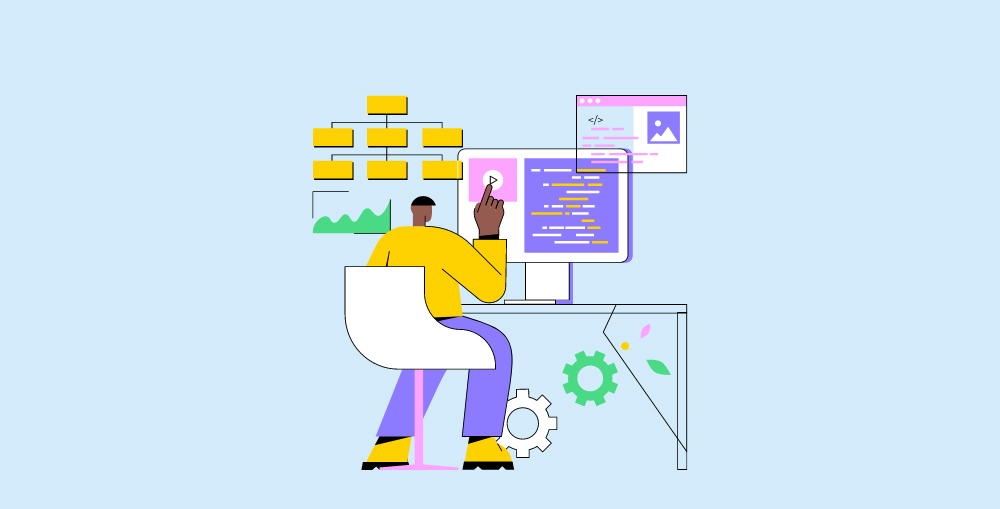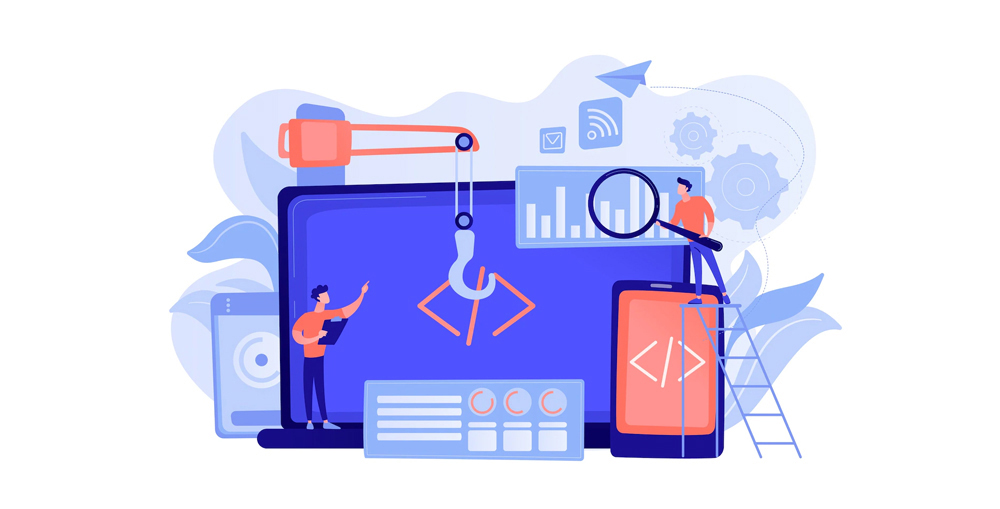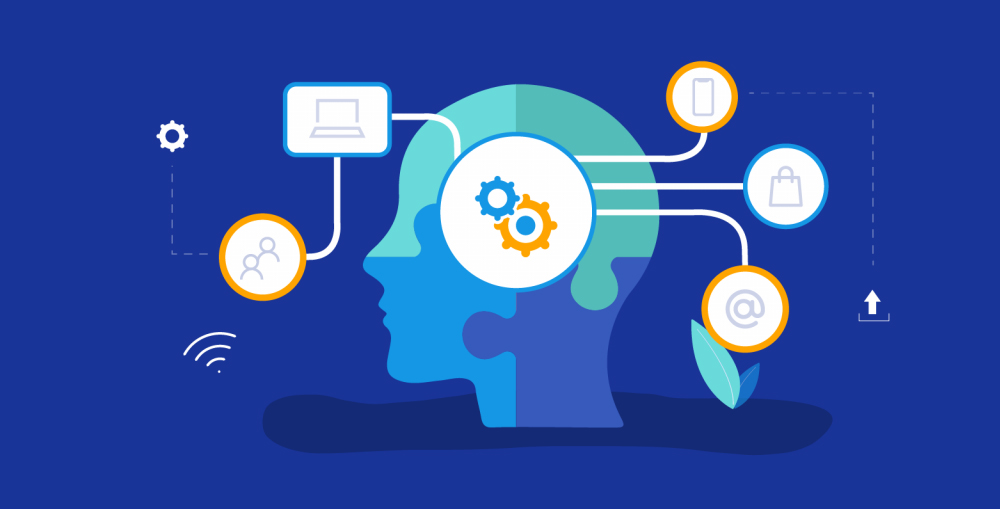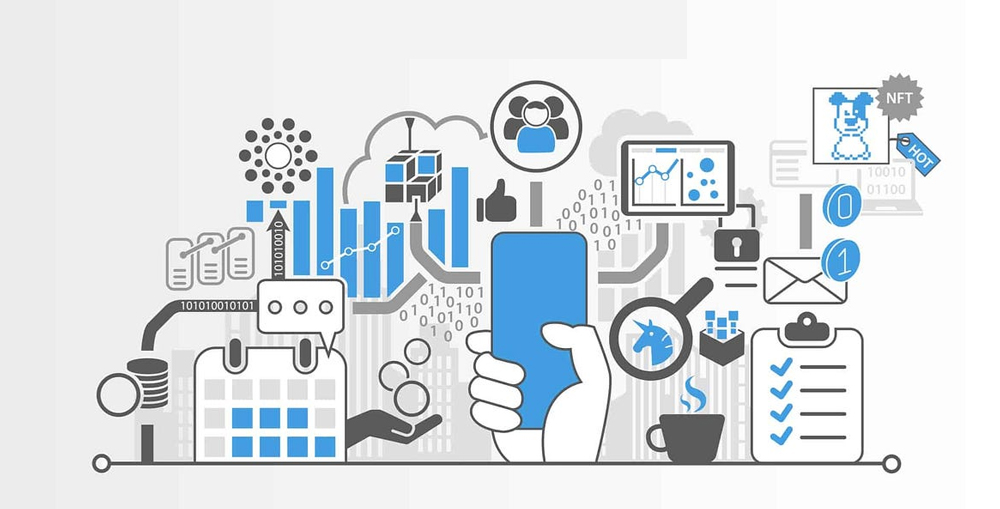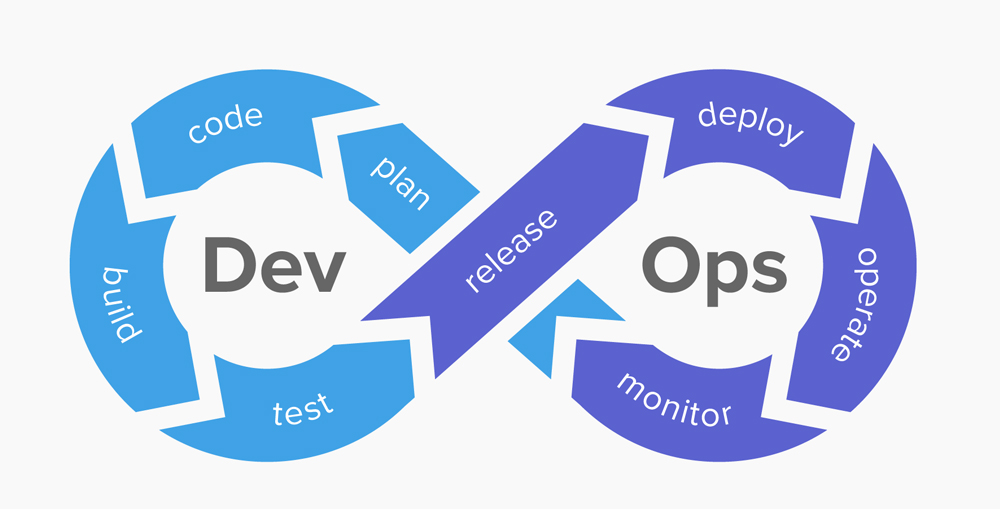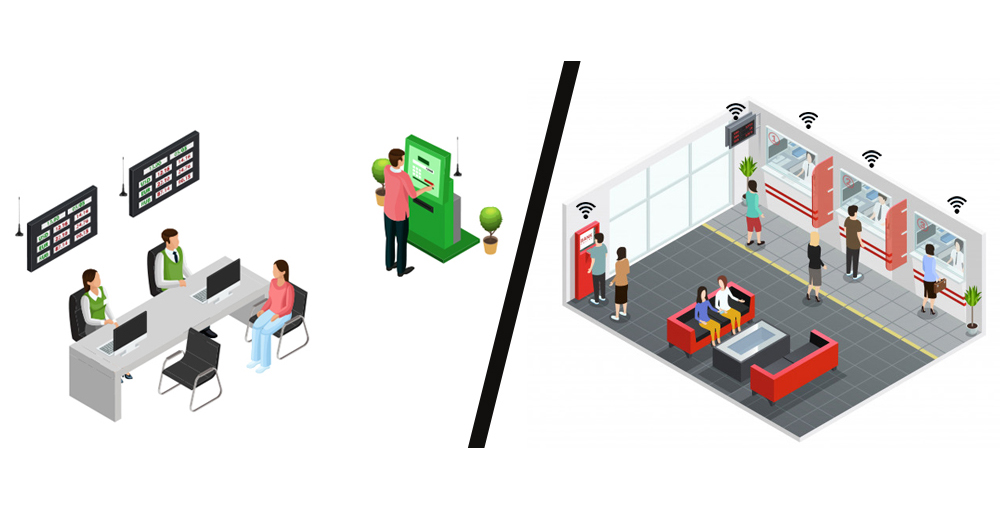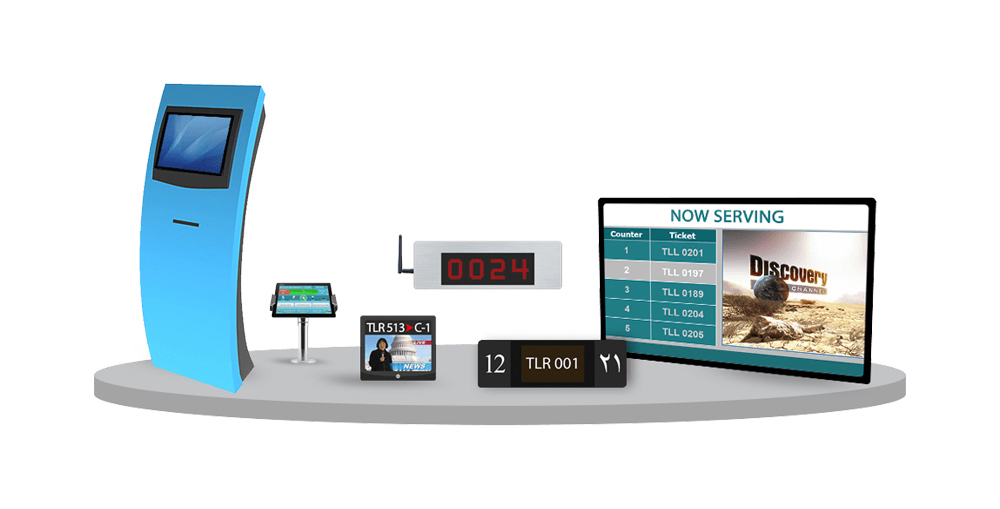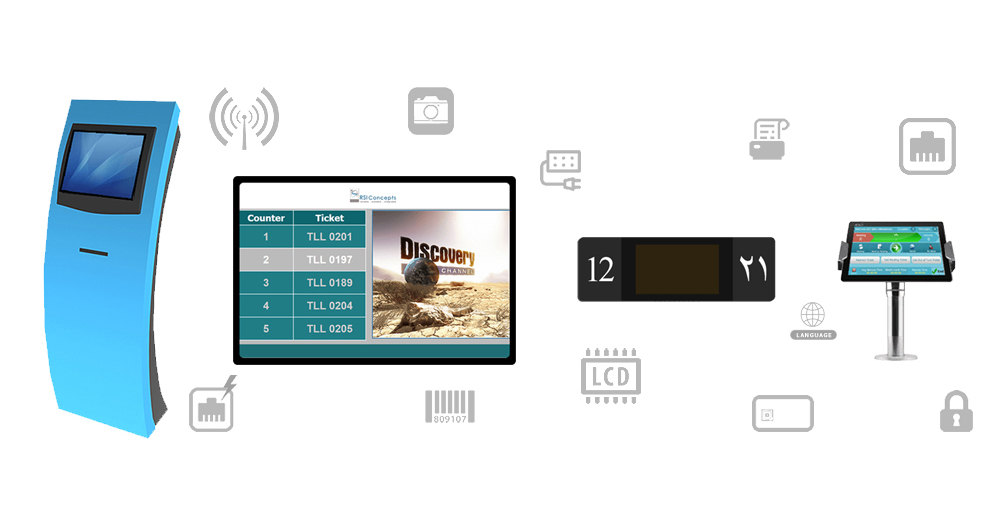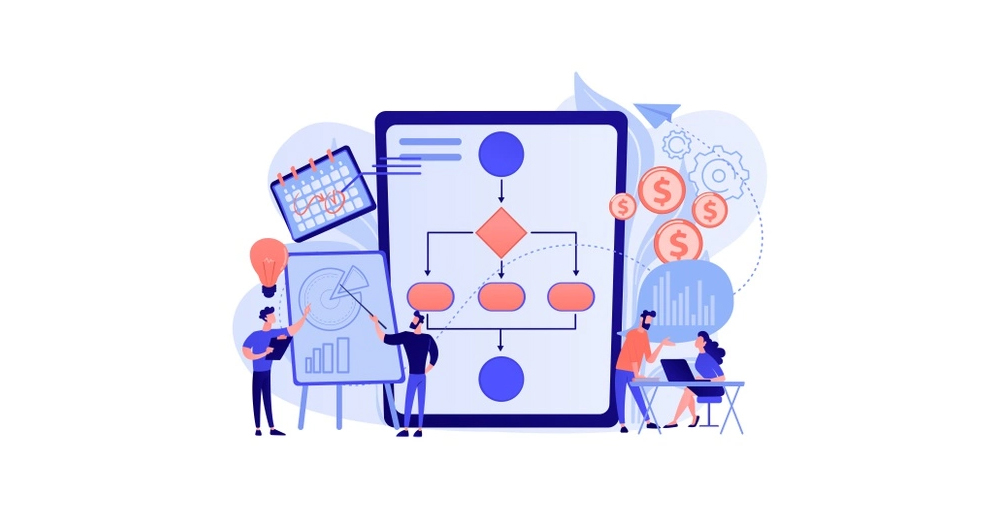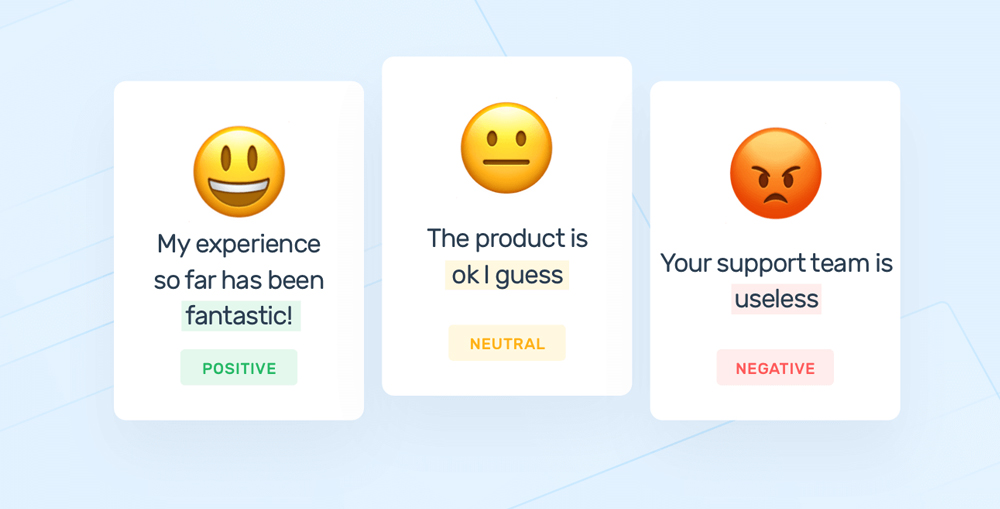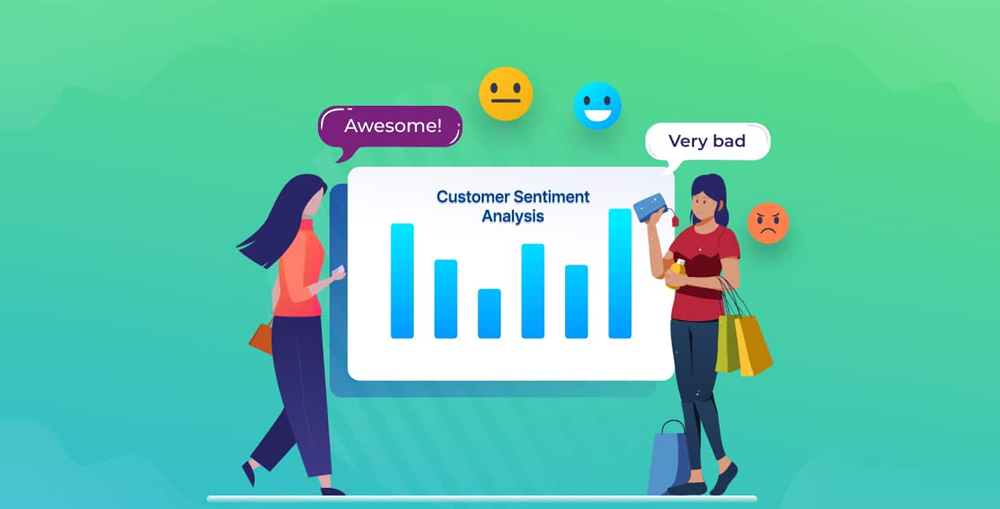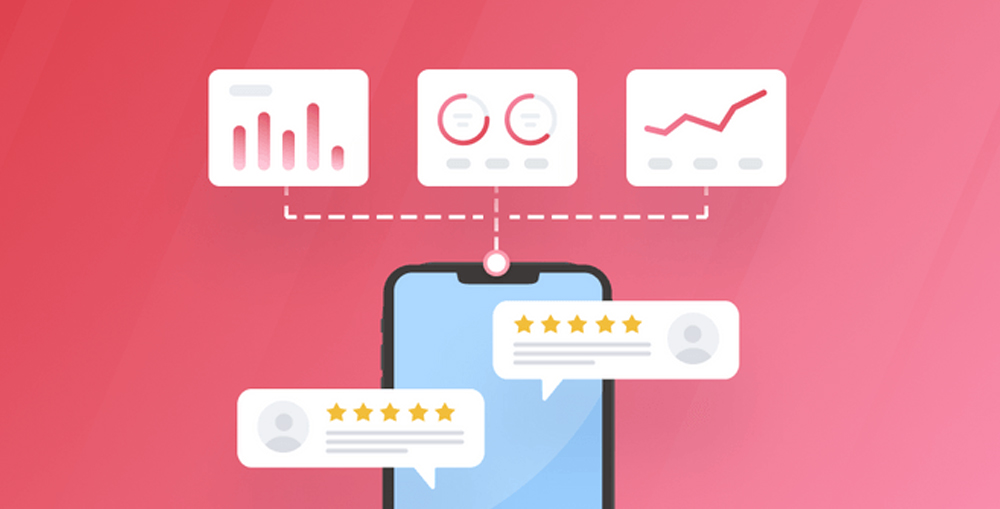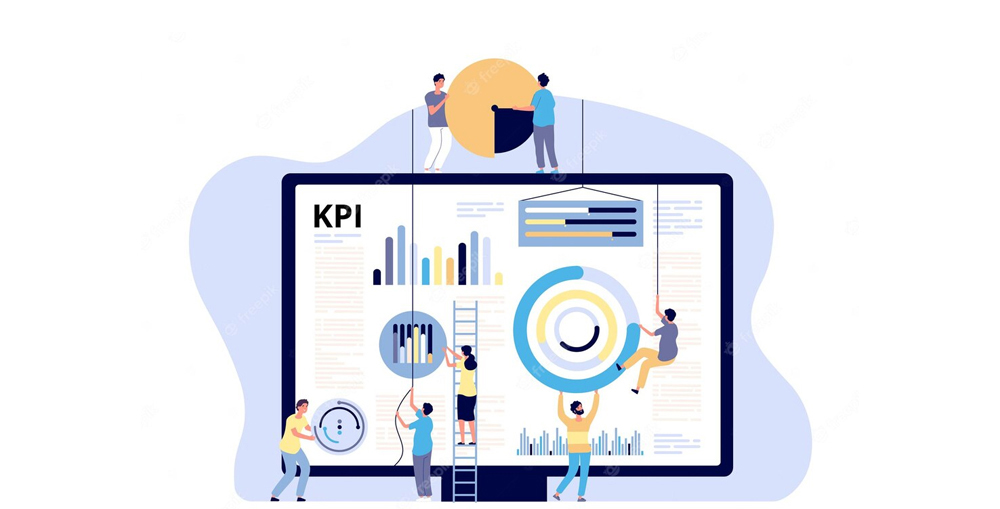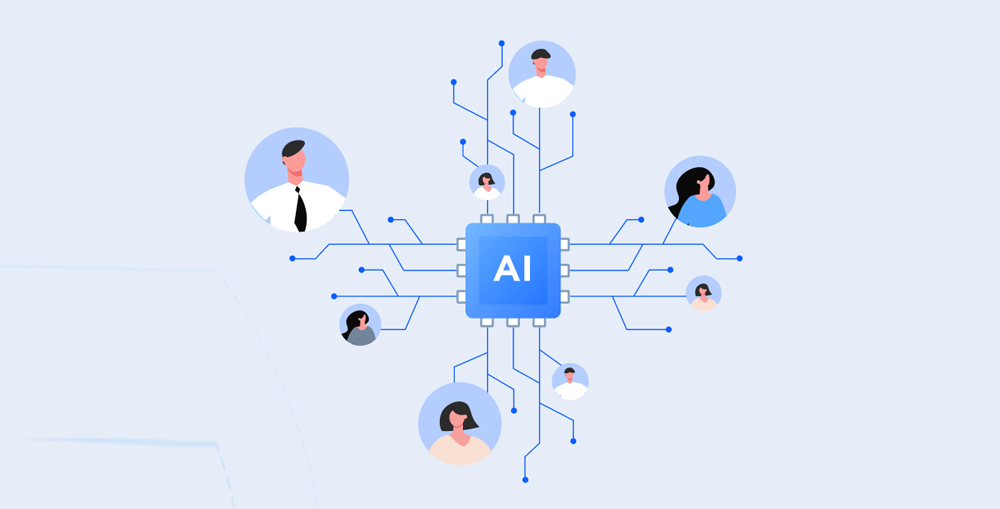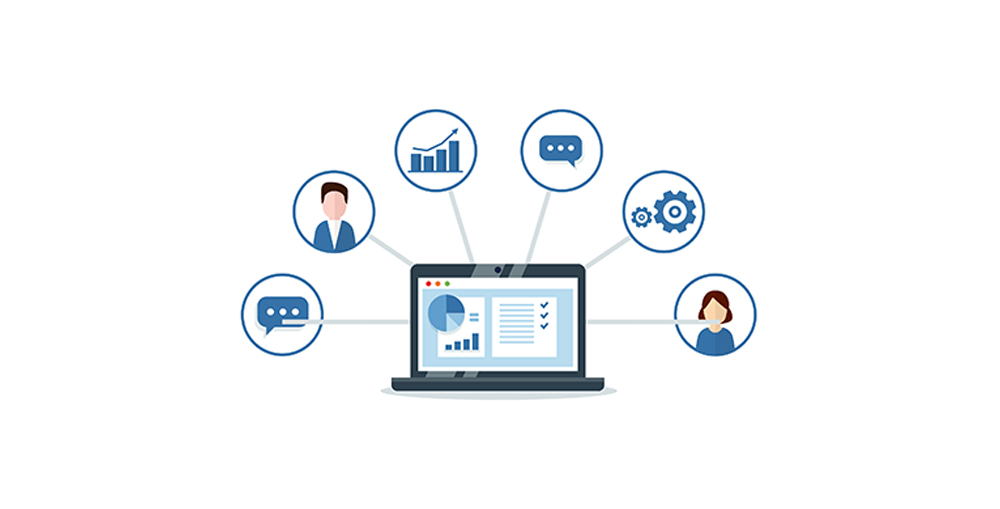The bill payment kiosks are revolutionizing the financial market and traditional methods of transactions between businesses and customers. A bill payment kiosk is a specialized type of interactive self-service kiosk which includes features and functionalities to collect payments from the customers. The bill payment kiosks offer seamless transaction with an intuitive self-service experience which is why businesses and organizations in Dubai, Sharjah, Abu Dhabi and all around the UAE are rapidly adopting the technology.
The bill payment kiosk are not exclusive to banking and financial sector, in fact various industries are showing great ROIs, making it one of the most popular emerging technology in UAE. A bill payment kiosk not only help streamlining the payment process, but it also ensures a higher customer satisfaction. Features like multiple payment methods, multilingual intuitive UIs, countless hardware features, customizable software, easy adoptability and automation makes bill payment kiosk a perfect companion to deal with diverse customer demand, managing operational performance and building a strong brand perception.
In this blog we will explore several key aspects of the bill payment kiosks and how businesses can leverage them to enhance customer experience and boost operational efficiency.

What is a Bill Payment Kiosk?
A bill payment kiosk is an interactive touchscreen kiosk which accept payments from customers via multiple modes such as cash payment via currency bills and coins, credit/debit cards, digital payments, NFC payments, integrated payment gateways, vouchers and many. A bill payment kiosk is a one-stop-shop where customers are offered multiple different services and information.
The bill payment kiosks are excellent at enhancing customer experience while offering them easy 24/7 access to business services such as paying bills, service charges, subscription fees, or checking out at retail stores and restaurants. In the fast-paced markets like Dubai, Sharjah, Abu Dhabi and other regions in UAE where the importance of time is paramount, customers and businesses both admire solutions which optimize service delivery process and minimize customer wait time.
A bill payment kiosk is designed to offer a multitude of services through intuitive user interfaces. It comes with a powerful backend software or management tool which enable businesses to control and manage data and information on the kiosk in real-time. The bill payment kiosk software offers great features such as customization, easy scalability, adoptability, and flexible integration which enable business to offer innovative features and help them improve customer experience.

What are the Types of Bill Payment Kiosk?
There are several types of bill payment kiosks based on their technical specification, usage, or industry-specific application. In general a bill payment kiosk has a touchscreen interface, cash acceptor and authenticator, however, coin-base payment, cash recycler for change return and POS integration for credit/debit card payments is also common. However, there are three major types of the bill payment kiosk on the bases of its physical design:
- Indoor Bill Payment Kiosk: As the name suggests the indoor bill payment kiosks are designed to deploy in indoor setups, it could be an office, shopping mall, community center, transportation hubs, airports, libraries, healthcare, government service centers, etc. These types of kiosk are cost efficient and can offer multiple advanced features.
- Outdoor Bill Payment Kiosk: The outdoor bill payment kiosks are deployed in outdoors – fully exposed to the harsh environment. These kiosks are built using specialized components with advanced temperature control and weather proofing features. The outdoor bill payment kiosks are slightly expensive and can have limited features due to the outdoor compatibility of the physical components and parts.
- Customized Bill Payment Kiosks: The customized bill payment kiosks are tailored solutions as per the specific and unique business needs. Businesses usually go for customized bill payment kiosks in order to develop innovative features adding value to customer experience as well as helping then gain the competitive advantage. Furthermore businesses also require customized solutions in order to include additional hardware and software features which accommodate and strengthen their existing business processes without compelling them to make disruptive changes to their internal workflows.
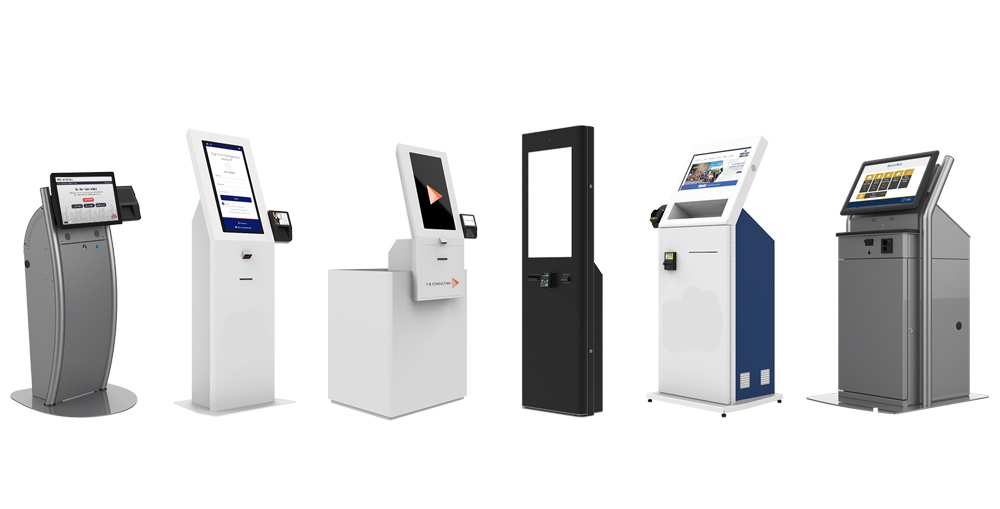
Furthermore there are many more types of bill payment kiosks on the bases of application and usage. Here are a few commonly used bill payment kiosks that are gaining popularity in Dubai, Sharjah, Abu Dhabi and all across the UAE.
- Bill Payment Kiosk Machine: These are some of the most common bill payment kiosks in UAE. The bill payment kiosk machines are versatile with cash and debit/credit card based payment methods. These kiosks support transactions for a multitude of services such as electricity and water supply bills, telecom services, remittances, international payments, fees and charges for government services and much more. These kiosk machines are common in public areas, markets, shopping malls, and residential areas, etc. offering a quick way to manage payments.
- Cash Payment Kiosk: These kiosks are usually offered by utility service providers, retail businesses, facility management companies, and organizations who are usually dealing with small amounts ranging from AED 5/10 Dirham to up to AED 200 Dirhams. Usually these kiosk doesn’t offer change and return but in certain cases these facilities are added too. These kiosks are usually found in busy service centers offering a quick alternate service channel to optimize efficiency.
- Utility Payment Kiosk: The utility payment kiosks are usually utilized by utility service providers and installed at their attended and unattended service areas. The utility bill payment kiosks are also common in shopping malls, residential areas and high footfall public areas. These kiosks offer intuitive payment processes with additional features exclusively designed to simplify the customer journey.
- Self-Ordering Kiosks: These self-ordering kiosks are utilized by small and medium sized businesses offering multiple services. Furthermore the food-ordering kiosks are also a type of self-ordering kiosk and are very common all across the UAE. Many popular food and restaurant chains, retail stores, and service providers are using self-ordering kiosks to enhance customer experience and to offer an alternate service channel for quick service delivery.
- Self-Service Payment Kiosk: These types of kiosks are usually used at high footfall areas, public places for a multitude of different services, for example, the kiosk that you are using at metro stations to top up your NOL card or any other card or the kiosk you use to purchase bus tickets, cinema tickets, and even at entertainment venues are all different example of self-service payment kiosks.
- Cash Payment Kiosk: The cash payment kiosks are usually designed to take and hold large quantity of currency bills, it usually offer a more flexible payment method such as ability to get payment in coins as well along with facility to return change in cash and coins. The cash payment kiosks are used by retail businesses, service providers, government and public offices, charities, libraries and various other sectors.
- Money Transfer Kiosk: The money transfer kiosks are used by money exchanges, banks and remittance service providers. As in UAE a large number of expats is living who are regularly sending remittances to their home countries, this is why the money transfer kiosks are gaining huge popularity. These kiosks are equipped with specialized KYC tools and security features to comply with government policies and can hold large amount of cash inside them, ensuring a smooth and seamless customer experience.
- Government Service Payment Kiosk: The government service payment kiosks are gaining popularity in Dubai, Sharjah, Abu Dhabi and all across the UAE. Different government departments are utilizing these kiosks. These kiosks not just take payments, but has ability to fully integrate in the workflow with additional integrated tools such as Emirates ID scanner, Passport Scanner, Document Scanner/Printer, Barcode/QR Code Scanners, Biometrics and much more. These kiosks are usually custom designed in order to seamlessly integrate with existing government services, workflows and business processes and can offer a multiple different payment methods along with cash payment.
Apart from above all, all different types of vending machines, parking ticket payment machines, and even the ATMs are also the types of cash or bill payment kiosks.
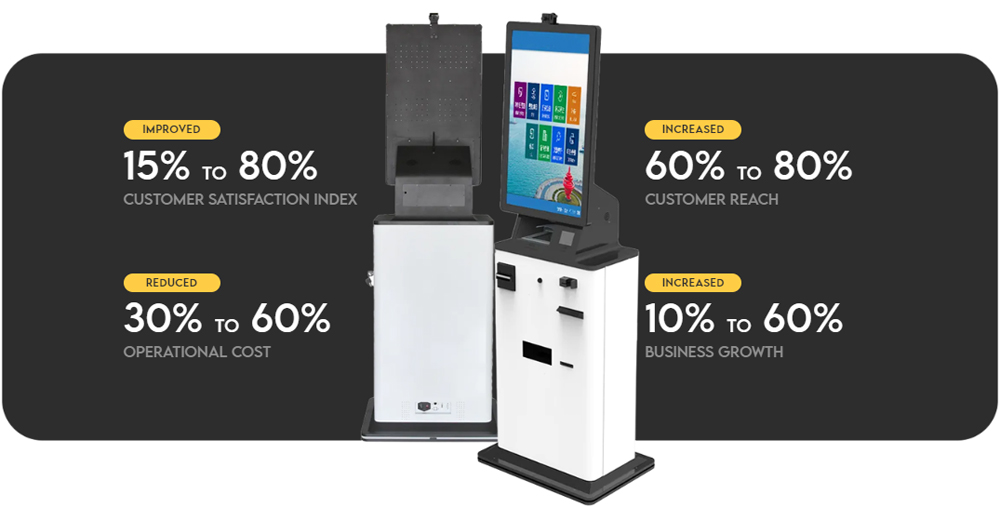
What are the Key Benefits of a Bill Payment Kiosk?
Different industries utilizes bill payment kiosk differently for example, a government of public-office might be using a bill payment kiosk which have additional features such as Emirates ID scanner, biometrics, document scanners and printers and multiple payment methods, however, a retail store might be using barcode/QR code scanner, RFID reader, and in some cases digital weighting scale and such features.
However, no matter what industry you belongs to, there are certain benefits which are similarly applicable across all industries and applications. Here are some key benefits of a bill payment kiosk, regardless of business’ industry or size.
- Easy Accessibility: One of the biggest advantage of bill payment kiosk is that it offers 24/7 access to business services. Easy access and reachability enhance customer experience and raise their satisfaction.
- Reduced Wait Time: Whether used in attended service centers or unattended setups, the bill payment kiosks has ability to process payments much quickly, optimizing service delivery process, and reducing customer wait time.
- Intuitive User Interface (UI): The bill payment kiosks usually offer multi-lingual and very user-friendly user interface (UI) which can greatly enhance customer experience. On-screen instructions and other intuitive features raise customer satisfaction.
- Raise Operational Efficiency: A bill payment kiosk digitalize several processes and make transactions seamless. Which greatly improve operational efficiency and also help reducing the employee workload which lead to better resource management.
- Multiple Payment Methods: A bill payment kiosk is a digital system which has ability to integrate multiple payment methods such as cash, coins, credit/debit cards, and digital payment modes, offering more ease, convenience and freedom to customers.
- Real-time Processing: A bill payment kiosk software can be integrated with third-party software, tools, databases and central information center of the business. This enables it to process payments in real-time and update all relevant systems automatically, giving instant confirmation.
- Privacy and Security: A bill payment kiosk complies with highest industry standards to ensure high level security and privacy. It offer self-service experience and encrypted data communication which raise protection levels and help gaining customer trust.
- Business Intelligence Data: The powerful software of bill payment kiosk can provide a wealth of high-value actionable analytical data on customer behavior, market trends, service preference and much more which help business taking informed decisions.
Instant service delivery, easy access, intuitive features and secure transactions make bill payment kiosk an ideal solution for growing business. A bill payment kiosk can offer alternate service channel which can greatly improve the capability to serve more customers, hence reduce the staff requirements. All these features enhance customer experience as well as boot operational efficiency and help businesses scale for growth by maximizing their profitability.

How Bill Payment Kiosk can Elevate Customer Experience?
In the highly dynamic and fast-paced business landscape of UAE businesses located in Dubai, Sharjah, Abu Dhabi and all across the country are very inclined towards adopting modern practices and methodologies and implementing cutting-edge technology to elevate customer experience. The customer experience is one of the most important aspect of the business, as the entire business success heavily depends on customer satisfaction.
The bill payment kiosks or self-service payment kiosks are also a step toward elevated customer experience and satisfied customer journey. The payment kiosk machines offer a super user-friendly customer experience and also help businesses enhancing operational performance. Here are some key advantages of bill payment kiosk which help elevating customer experience:
- Easy Access and Convenience: The biggest appeal of an interactive self-service bill payment kiosk lies in its ability to offer easy access and convenience. These kiosk machines operates 24/7 offering more freedom and letting customer access the services any time they want. Furthermore there is no need to stand in long waiting lines, which usually undermine customer experience.
- Intuitive and User-Friendly: The bill payment kiosks are built on a smart kiosk management software which has ability to offer intuitive multi-lingual user interfaces (UIs). Furthermore on-screen instruction, access to updated information and direct customer support access offer excellent customer experience and make them more user-friendly.
- Customer Satisfaction and Loyalty: By offering a friction less and optimized service delivery mechanisms through bill payment kiosks businesses can greatly boost customer satisfaction. Freedom, control and personalization with an intuitive and user-friendly service delivery process the customer happiness can be raised which is a key to customer loyalty and long term success.
- Enhanced Customer Service: The bill payment kiosks are very reliable, offering most accurate services and information by avoiding almost all different types of human errors. Furthermore the bill payment kiosks also help boosting the performance of the service centers. By serving as an alternate service channel, the staff workload is reduced resulting in improved service quality.
- Multi-Functionality: The bill payment kiosks are versatile, they comes up with multiple software and hardware based features which are all designed to enhance customer experience by simplifying customer journey. Such as specialized features to instantly scan documents, or access to information, or connecting with support, etc. All these features elevate customer experience.
With the advancements in technology the bill payment kiosk machines are becoming more user-friendly day by day. Businesses are rapidly adopting to self-service bill payment kiosks to streamline their service delivery processes which is completely transforming how businesses and customers are conducting financial transactions.

Why the Placement of the Bill Payment Kiosk is Crucial for Success?
The success of the bill payment kiosk depends on the users, if not many users will use it, you won’t be able to leverage its full potential. But most of the businesses doesn’t realized that how crucial it is to place the bill payment kiosk on carefully selected strategic locations. For example, if you place a bill payment kiosk in a resting area at a highway, what do you expect how many people will going to use it? Not many, because despite having large footfall at those areas, the people who are stopping there are just there for refreshment or rest and doesn’t have any attention to make quick payment while traveling between Dubai and Abu Dhabi.
However, if you place your bill payment kiosk at the entrance or exit of a shopping mall, the chances are almost everyone will notice them. Hence you should chose the placement of these kiosk machines very carefully. The shopping malls, bus and metro stations, markets, community centers and places with large footfall are ideal to place a bill payment kiosk. If you are placing it in your existing service center, even then the placement matters a lot. For example, if you are placing it at a corner, where it is not as that visible, then the chances are most of the people will end up in queues instead of going for the self-service bill payment kiosk. Ensuring the bill payment kiosk is placed at a well-lit, secure, easily accessible place could greatly increase the chances of success.
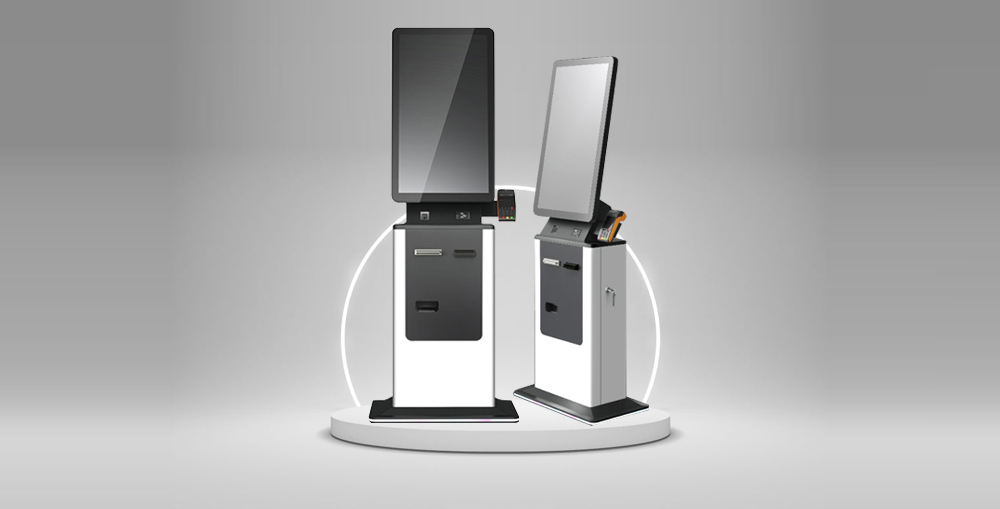
Why “Pay and Go” Bill Payment Kiosks are the Future?
The Pay and Go kiosks is a type of self-service bill payment kiosks, very popular among retail and service sector in UAE. The Pay and Go kiosk not just only offers convenience but it is a great leap towards more customer-centric and efficient customer service. The ease-of-access, intuitiveness, personalized experience, multi-functionality and optimized service delivery not just ensure customer satisfaction but also boost operational performance.
The digitalization and automation plays a crucial role along with additional features such as remote management, real-time data updates and flexible integration and countless many more benefits of a customized self-service Pay and Go kiosk. Another reason of the popularity of the Pay and Go kiosks is the fast-paced lifestyle of the country. Quicker access to service, freedom of choice, full control over financial transactions and simplicity offered by Pay and Go bill payment kiosks make them and ideal solution for customer-centric businesses.
Businesses can leverage the cost-effectiveness and easier adaptation of the Pay and Go bill payment kiosks to expand their market reach and offer their services for a broader audience base. All the valuable features and advantages offered by Pay and Go kiosk machines are encouraging more businesses to adopt to these solutions to gain great competitive advantage.

Conclusion
The bill payment kiosks are becoming an indispensable need of modern customer-centric businesses. The versatility, multi-functionality, quicker adaptation, and higher customer satisfaction are the major factor contributing to completely reshaping the business landscape of Dubai, Sharjah, Abu Dhabi and broader UAE. Various industries are witnessing huge rise in customer satisfaction and operational performance by implementing Pay and Go bill payment kiosk solutions. Above all these kiosk machines are very cost-efficient with relatively longer lifecycle, low maintenance needs, less operational cost and convenience are making them ideal for many industries. Offering a quicker and more user-friendly service channel can greatly reduce the workload of the service staff, which lead to better and improved staff performance and higher service quality.
However, when you are considering to implement a Pay and Go bill payment kiosk, there are certain things that you should consider, such as the features you want to offer, the customer journey optimization, the bill payment kiosks software, the integration and even the placement of the kiosk, all these factors are the main contributes in the success.
In this blog we have covered many aspects of bill payment kiosks and designed this guide to be more understandable for a vast majority of the audience. If you want to learn more about the bill payment kiosks or if you want our help to design and deploy a highly cost-effective tailor-made Pay and Go bill payment kiosk for your business, please feel free to contact us through our Contact Us page or leave a comment in the comment box below and we will get in touch with you soon.

